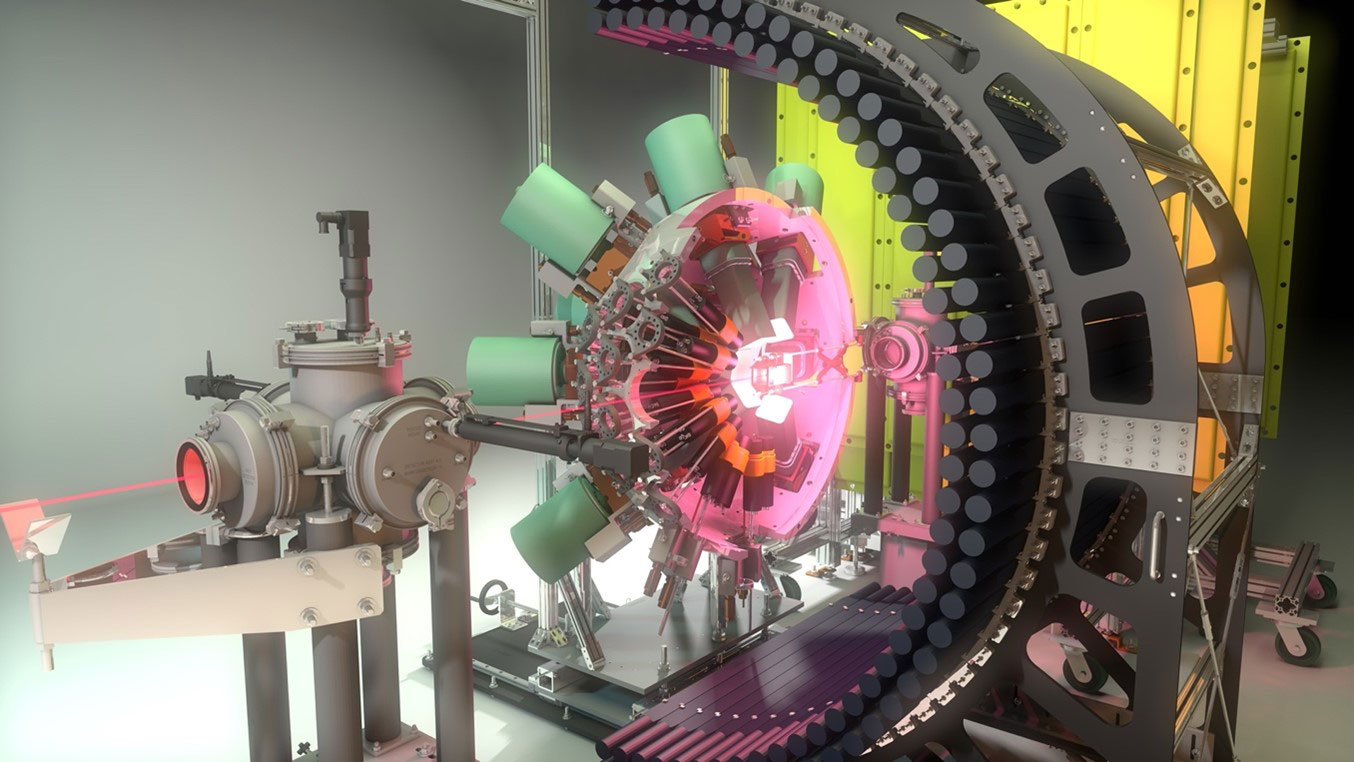
Long-Lived State in Radioactive Sodium Discovered at the Facility for Rare Isotope Beams
A newly discovered excited state in radioactive sodium-32 has an unusually long lifetime, and its shape dynamics could be the cause.

A newly discovered excited state in radioactive sodium-32 has an unusually long lifetime, and its shape dynamics could be the cause.
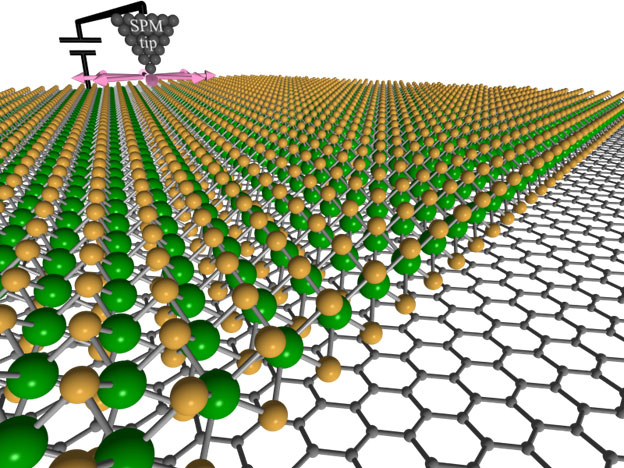
Machine learning and artificial intelligence accelerate nanomaterials investigations.
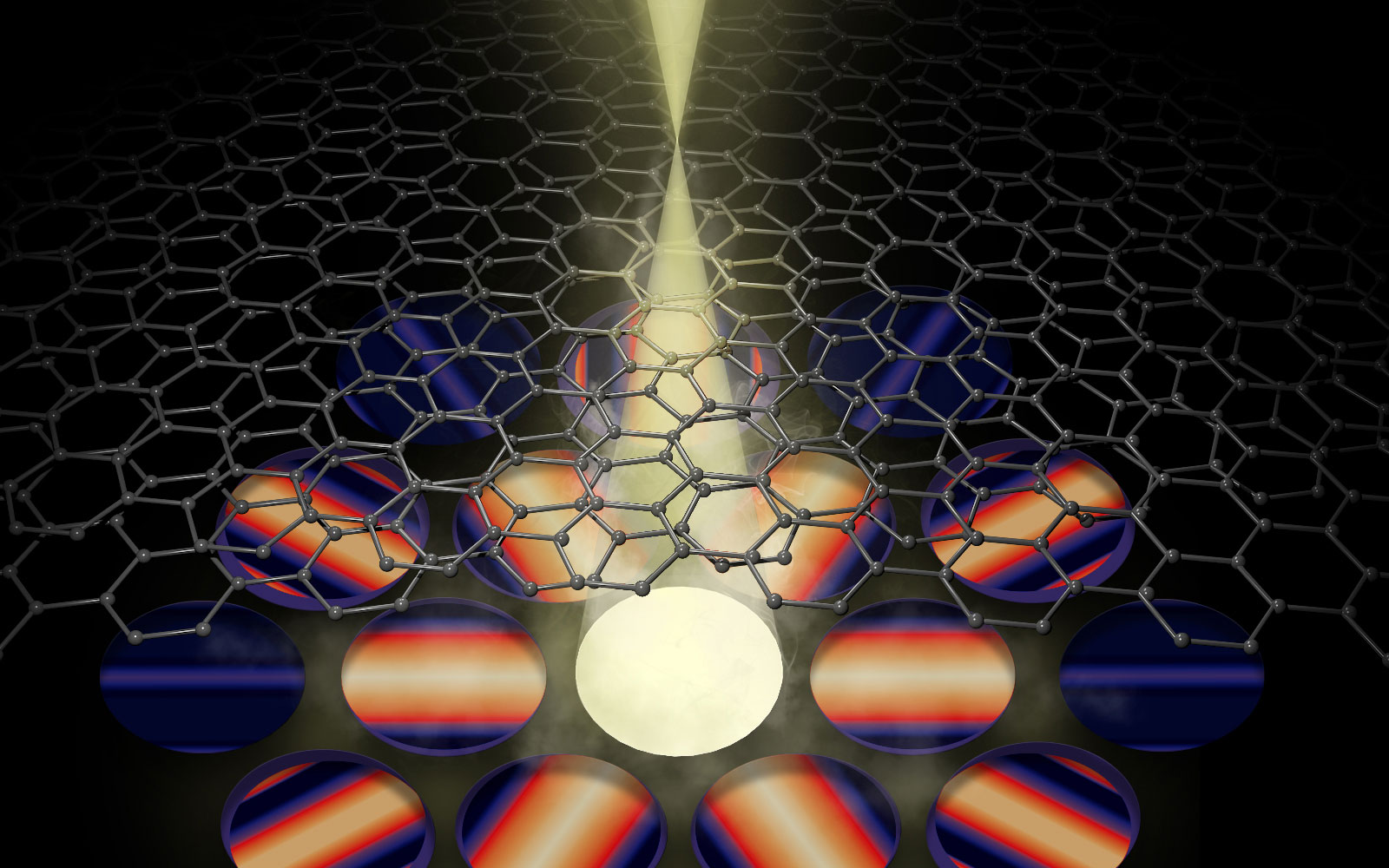
A new microscopy technique measures atomic-level distortions, twist angles, and interlayer spacing in graphene.
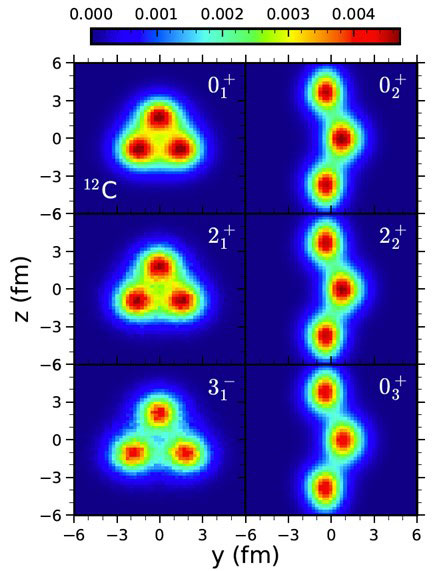
Researchers examine the structure of the low-energy nuclear states of carbon-12 using nuclear lattice effective field theory.
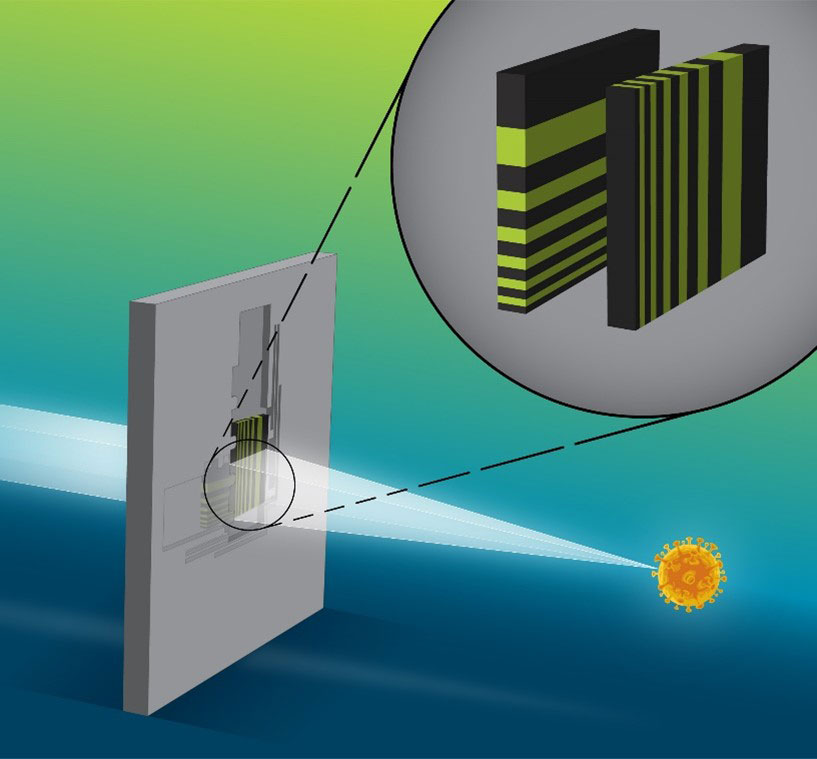
This new Laue lens system received a 2022 Microscopy Today Innovation Award.
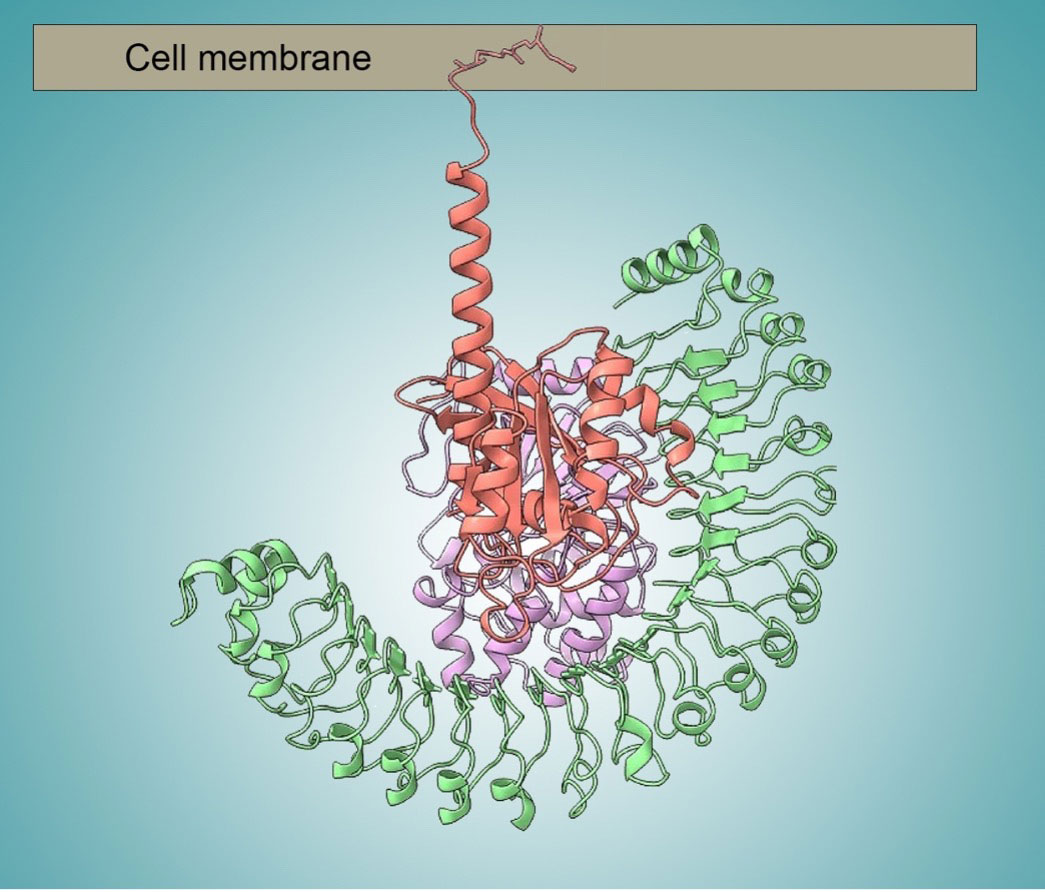
Three proteins work together to transmit signals for cell division, revealing new targets for cancer-fighting drugs.
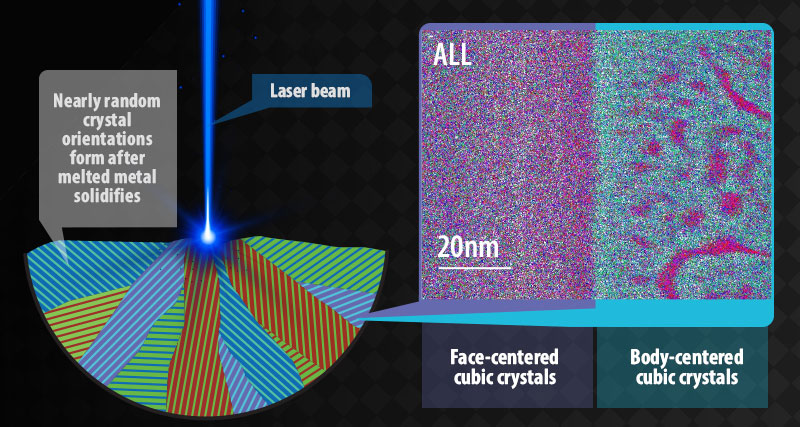
Laser-based additive manufacturing produces high-entropy alloys that are stronger and less likely to fracture.
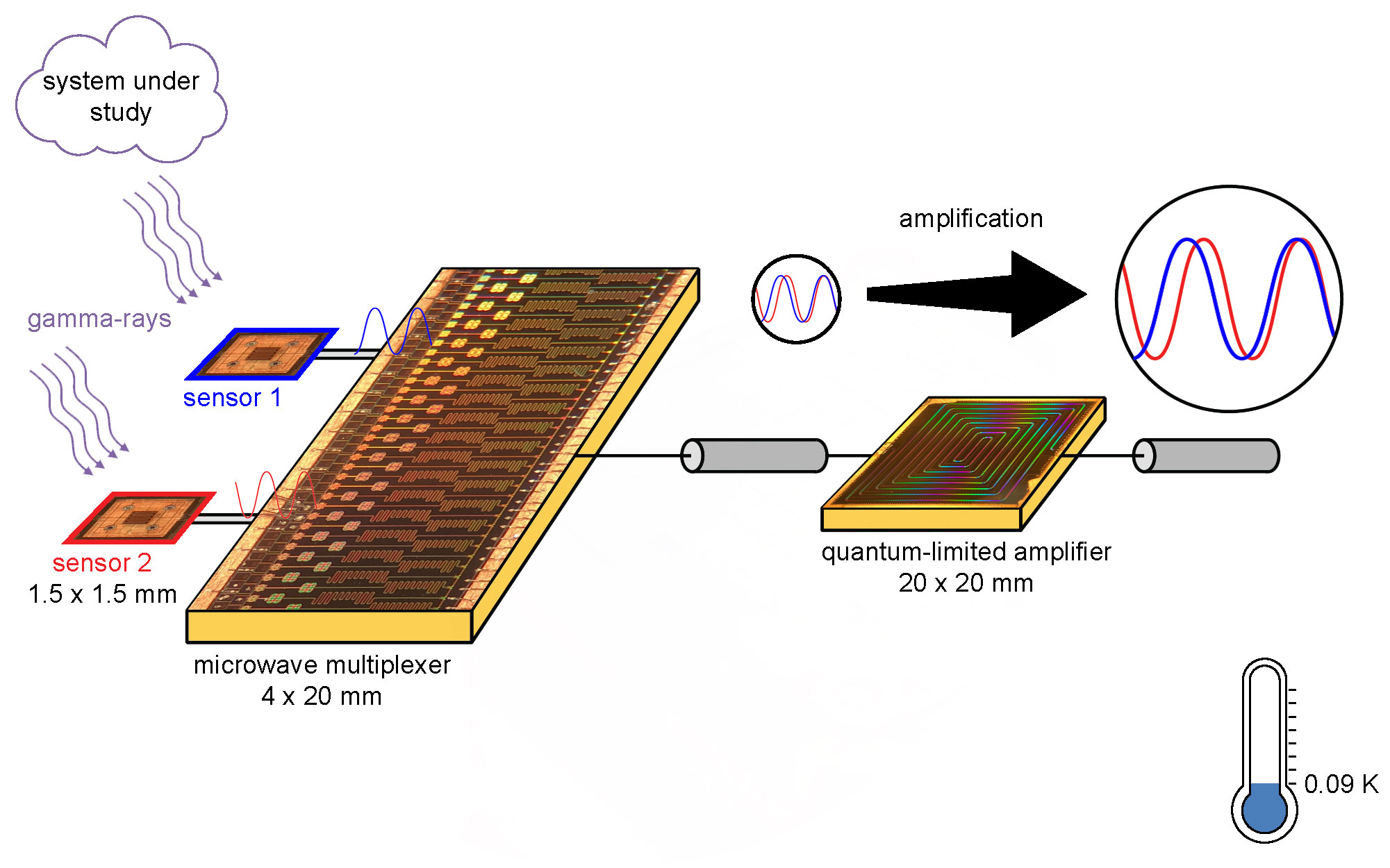
New tools borrowed from quantum computing will improve the detection of X-rays and gamma-rays.
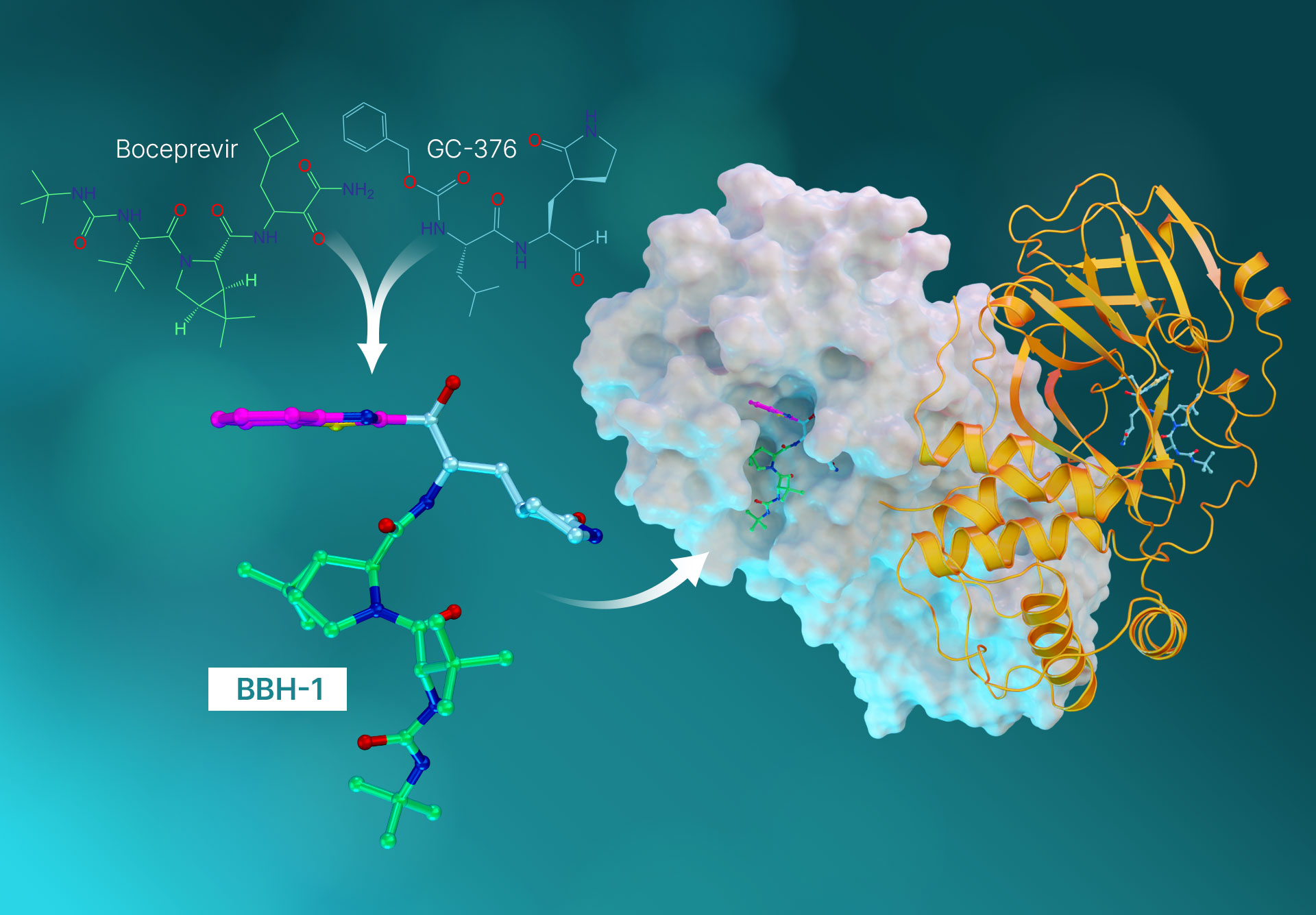
Solving atomic structure and binding for improved antiviral drugs.
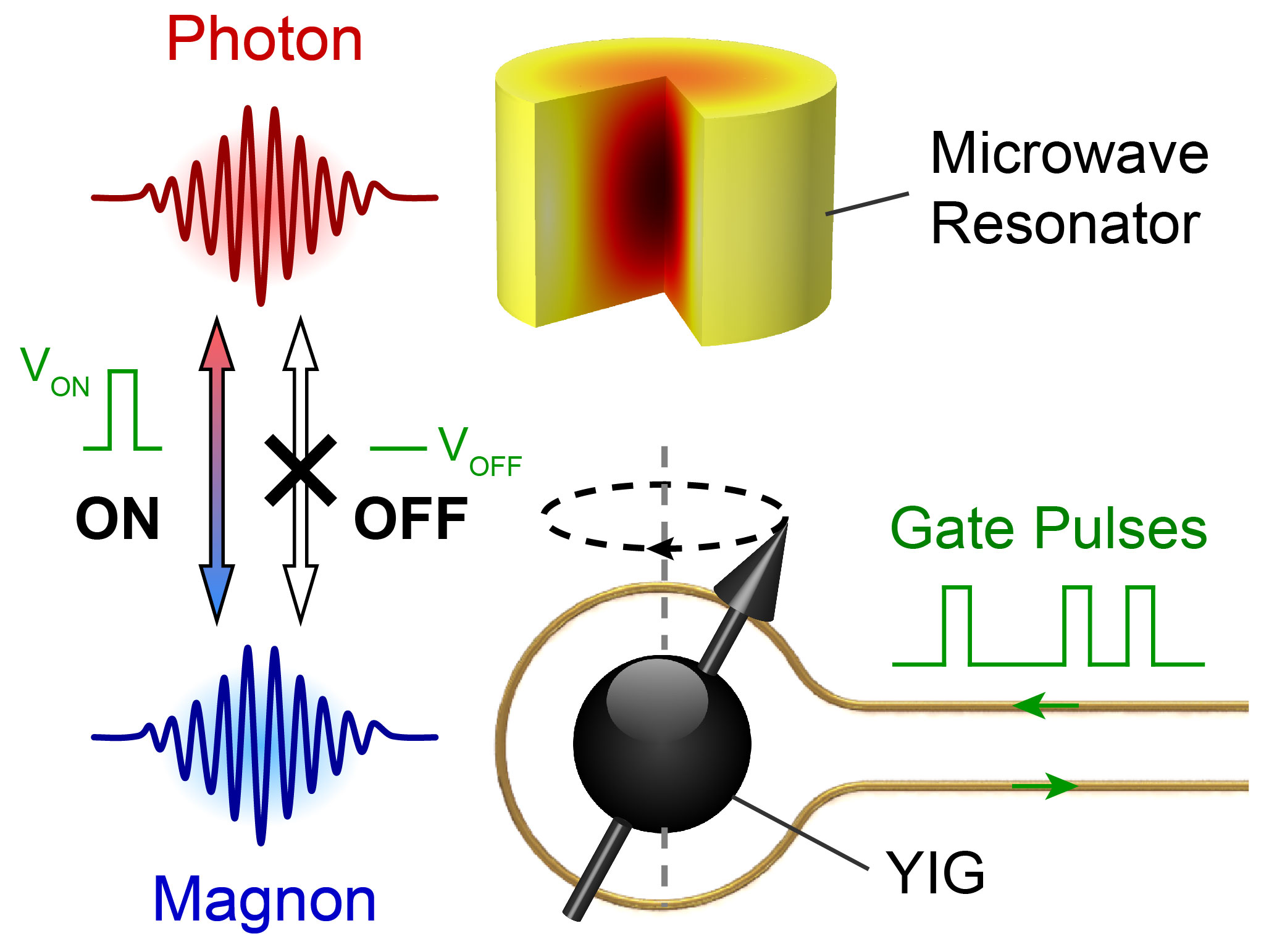
New gate design leads to fast coherent control of novel electromagnonics devices.
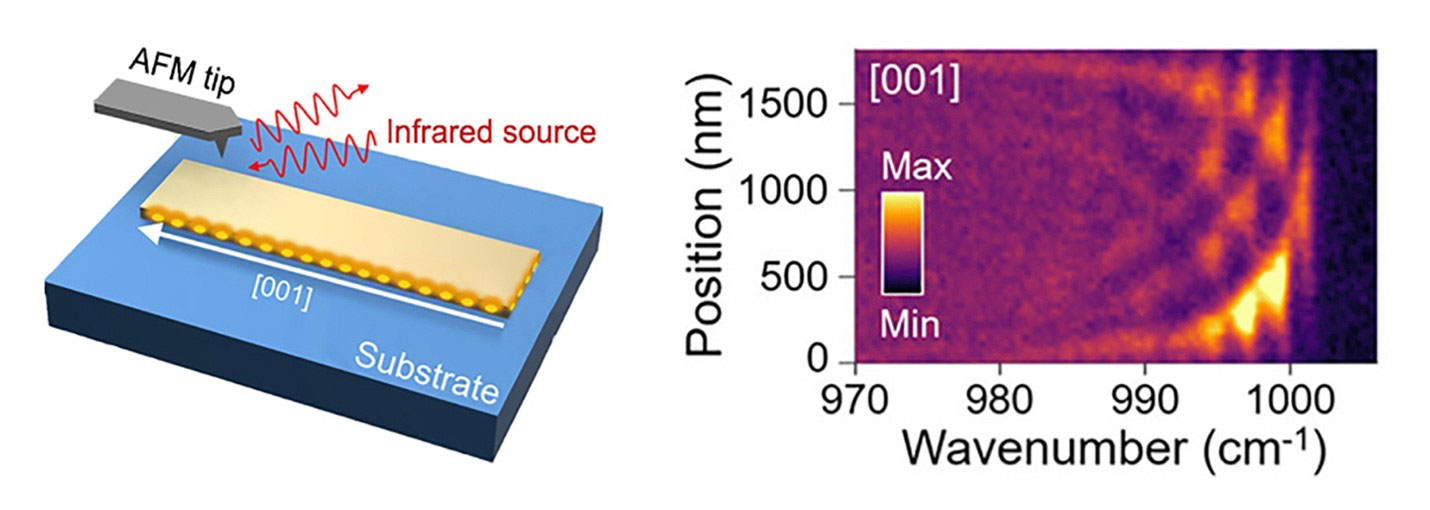
Crystalline nanoribbons synthesized to resonate with infrared light for imaging, sensing, and signaling pass a crucial test.
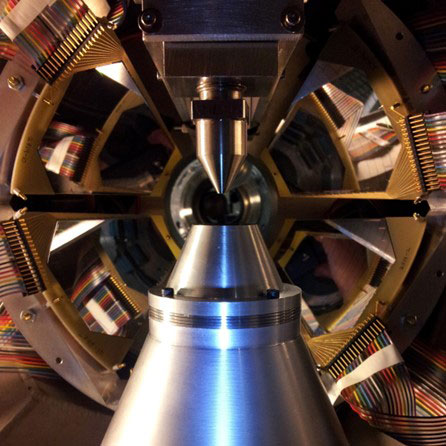
A unique study of a key reaction in X-ray burst nucleosynthesis bolsters the theoretical models used to calculate reaction rates.